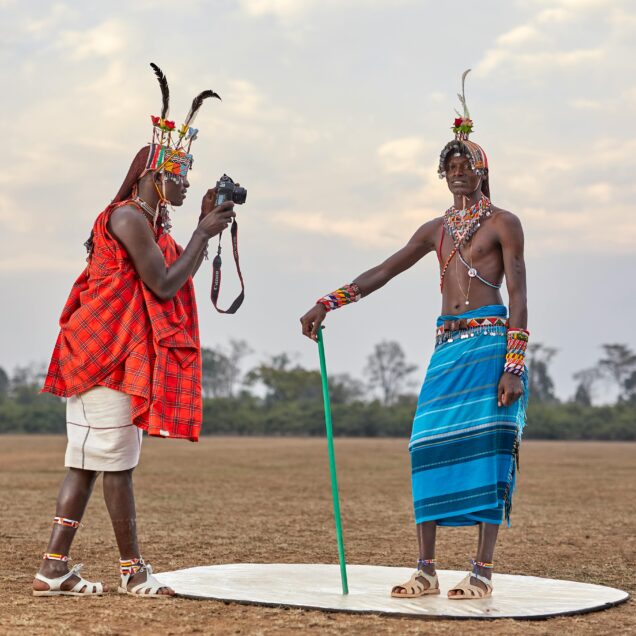Overview
Lamu is a historic town located on Lamu Island, which is part of the Lamu Archipelago off the northern coast of Kenya. Known for its rich Swahili culture, historic architecture, and serene beaches, Lamu is one of the oldest continually inhabited towns in Kenya and a UNESCO World Heritage site. Here are some key aspects of Lamu:
Historical Significance
- Ancient Trade Hub: Lamu has a history that dates back over a thousand years. It was a significant center for trade between the Swahili coast, the Arabian Peninsula, and India. The town flourished due to its strategic location and served as a hub for the exchange of goods, culture, and ideas.
- Swahili Culture: The Swahili culture in Lamu is a unique blend of African, Arab, Persian, Indian, and European influences. This rich cultural heritage is reflected in the town's architecture, language, and customs.
- Colonial Influence: Over the centuries, Lamu came under the influence of Portuguese, Omani Arabs, and eventually the British. Each of these colonial powers left their mark on the town’s architecture and culture.
Tourist Attractions
- Lamu Old Town: The narrow streets, historic buildings, and Swahili architecture make Lamu Old Town a fascinating place to explore. Key landmarks include the Lamu Fort, Riyadha Mosque, and numerous traditional houses.
- Lamu Museum: This museum offers insights into the rich history and culture of the region, showcasing artifacts, traditional Swahili furniture, and exhibits on the town’s maritime history.
- Shela Village: Located a few kilometers from Lamu Town, Shela is known for its beautiful beaches, sand dunes, and laid-back atmosphere. The village has several boutique hotels and guesthouses, offering a tranquil retreat.
- Beaches: Lamu boasts some of Kenya’s most beautiful beaches, including Shela Beach and Manda Bay. These pristine beaches are perfect for swimming, sunbathing, and water sports.
- Takwa Ruins: Located on Manda Island, the Takwa Ruins are the remains of a once-thriving Swahili town abandoned in the 17th century. The site offers a glimpse into the island's historical significance.
Cultural Experiences
- Lamu Cultural Festival: Held annually, this festival celebrates Lamu’s heritage with traditional music, dance, dhow races, and Swahili poetry. It’s a vibrant showcase of the island’s rich cultural traditions.
- Donkey Rides: Lamu is famously car-free, and donkeys are the primary mode of transport. Visitors can enjoy donkey rides and experience the slow-paced, traditional way of life.
- Dhow Sailing: Traditional wooden dhows are still used for fishing and transport. Sailing on a dhow offers a unique way to explore the archipelago and enjoy the stunning coastal scenery.
- Swahili Cuisine: The local cuisine is a delightful mix of flavors influenced by African, Arab, and Indian culinary traditions. Popular dishes include biryani, pilau, samosas, and fresh seafood. Dining in Lamu often involves enjoying meals at traditional Swahili houses or seaside restaurants.
Conclusion
Lamu is a captivating destination that offers a rich blend of history, culture, and natural beauty. Its ancient streets, vibrant festivals, and stunning beaches make it a unique place to visit. Whether exploring the historic Old Town, relaxing on serene beaches, or immersing in Swahili culture, Lamu provides an unforgettable experience. As efforts continue to preserve its heritage and promote sustainable tourism, Lamu remains a jewel on Kenya’s coast.






